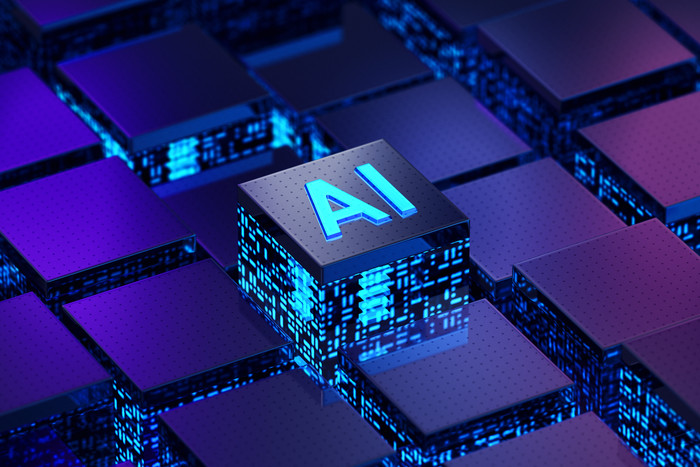Beyond the headlines and the hype, though, what does the rapid emergence and interest in tools like ChatGPT mean for businesses? Experts say that these generative AI tools may be able to augment human capabilities in a wide range of industries.
The tools can often accelerate learning for employees by tapping into large knowledge bases and providing quick answers. And while experts don’t think ChatGPT and tools like it will do away with millions of jobs, experts do think the technology can competently handle basic tasks in many industries. Not only will that save users time, but it also will provide a framework within which humans can work creatively.
What Are Generative AI Tools like ChatGPT?
Before looking ahead, it’s worth unpacking what this technology is. ChatGPT is an application of generative AI, which is “a branch of computer science that helps people create new content from previously created content, such as text, audio, video, images and code,” says Ritu Jyoti, group vice president of worldwide AI and automation research at IDC. This is usually in response to short prompts.
ChatGPT is the most high-profile of these applications. DALL-E, another OpenAI product that received attention last year, is a similar tool that generates images in response to prompts.
DISCOVER: Find out how AI is changing the customer experience.
How Does Generative AI Work?
Generative AI is built on machine learning models, the first of which were “trained by humans to classify various inputs according to labels set by researchers,” as a McKinsey article notes. For example, a model could be trained to label social media posts as positive or negative; in this example, the human is teaching the AI how to label.
“The next generation of text-based machine learning models rely on what’s known as self-supervised learning,” the McKinsey article explains. “This type of training involves feeding a model a massive amount of text so it becomes able to generate predictions. For example, some models can predict, based on a few words, how a sentence will end. With the right amount of sample text — say, a broad swath of the internet — these text models become quite accurate. We’re seeing just how accurate with the success of tools like ChatGPT.”
ChatGPT is what is known as a large language model, with billions of parameters, trained on a large data set and then fine-tuned to produce specific outputs in response to text prompts.













